Lifting a 40ft container is a complex task that demands precision, the right equipment, and adherence to safety protocols. At CarMax Vehicle, we understand the intricacies involved in handling such large-scale operations. This guide provides a detailed, step-by-step approach to lifting a 40ft container safely and efficiently, ensuring optimal performance and minimal risk.
Understanding the 40ft Container Specifications
Before embarking on the lifting process, it’s essential to comprehend the specifications of a 40ft container. These containers are widely used in international shipping due to their size and capacity.
Key Specifications:
| Specification | Details |
|---|---|
| Length | 40 feet (12.19 meters) |
| Width | 8 feet (2.44 meters) |
| Height | 8.5 feet (2.59 meters) |
| Maximum Gross Weight | 67,200 lbs (30,480 kg) |
| Empty Weight | Approximately 8,000 lbs (3,629 kg) |
| Cargo Capacity | Up to 25,000 kg |
Understanding these dimensions and weight limitations is crucial for selecting the appropriate lifting equipment and planning the operation.
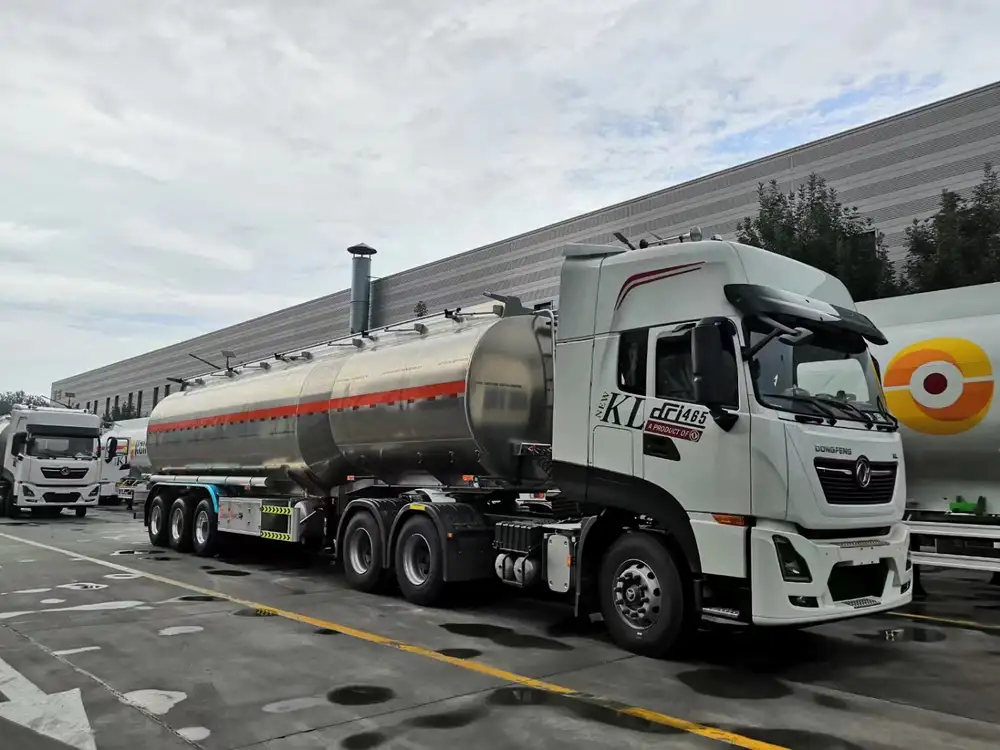
Choosing the Right Equipment for Lifting
Selecting the appropriate equipment is paramount to safely lift a 40ft container. Various lifting mechanisms are available, each with its advantages and specific use cases.
Common Lifting Equipment:
Forklifts:
- Suitable for shorter lifts and lower heights.
- Limited by maximum weight capacity and reach.
Container Cranes:
- Ideal for heavy-duty lifting and high elevations.
- Commonly used in ports and large-scale logistics operations.
Telehandlers:
- Versatile with extended reach capabilities.
- Suitable for uneven terrain and tight spaces.
Hoists and Gantry Cranes:
- Provide controlled vertical lifting.
- Suitable for indoor operations with limited space.
Equipment Comparison:
| Equipment | Lifting Capacity | Reach Height | Best For |
|---|---|---|---|
| Forklifts | Up to 5 tons | 20 feet | Short lifts in warehouses |
| Container Cranes | Up to 100 tons | 40 feet | Port operations, large sites |
| Telehandlers | Up to 15 tons | 30 feet | Versatile applications |
| Gantry Cranes | Up to 20 tons | 25 feet | Indoor and confined spaces |
At CarMax Vehicle, we offer a range of tailored lifting solutions to meet the specific needs of your operation, ensuring both efficiency and safety.
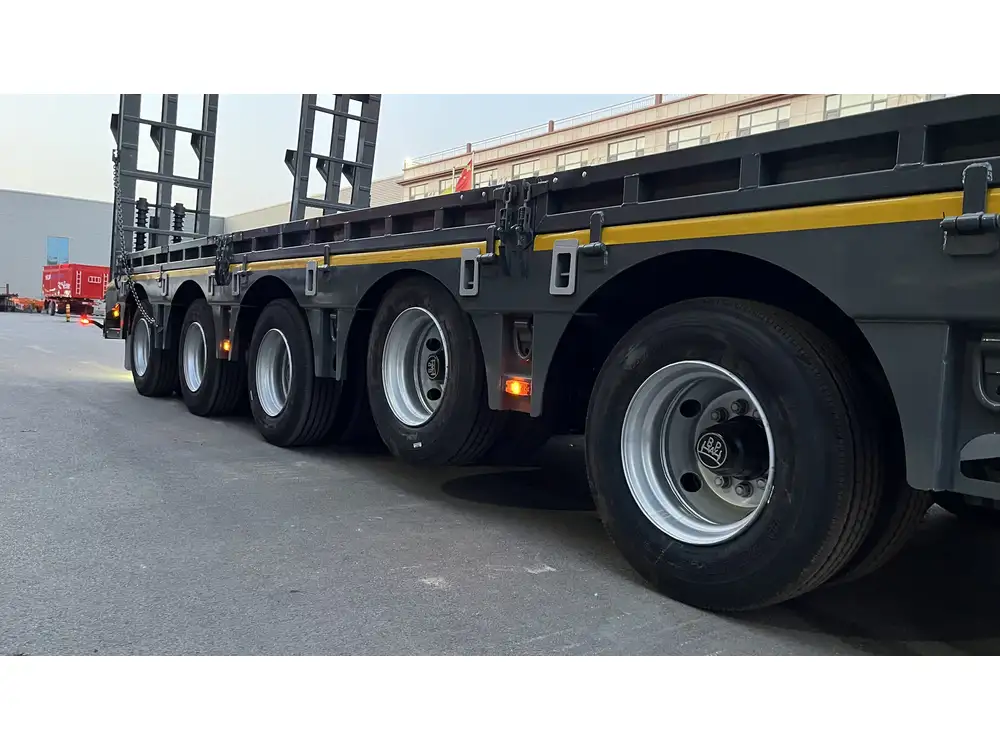
Safety Measures and Best Practices
Safety is non-negotiable when lifting heavy containers. Adhering to best practices minimizes risks and ensures the well-being of personnel and equipment.
Essential Safety Measures:
Assessment and Planning:
- Conduct a thorough site assessment.
- Plan the lift, considering weight distribution and environmental factors.
Equipment Inspection:
- Regularly inspect lifting equipment for wear and tear.
- Ensure all safety devices are functional.
Personnel Training:
- Train staff on proper lifting techniques and safety protocols.
- Assign clear roles and responsibilities.
Use of Personal Protective Equipment (PPE):
- Ensure all personnel wear appropriate PPE, including helmets, gloves, and safety boots.
Secure the Container:
- Use straps and chains to secure the container to the lifting equipment.
- Verify the balance to prevent tipping.
Step-by-Step Guide to Lifting a 40ft Container
Executing a successful lift involves meticulous steps. Below is a detailed guide to ensure each phase is handled correctly.

1. Pre-Lift Preparation
Site Evaluation:
- Clear the area of obstructions.
- Ensure the ground is level and capable of supporting the equipment and container weight.
Equipment Selection:
- Choose the appropriate lifting equipment based on the container’s weight and lift height.
Load Assessment:
- Verify the container’s tare weight and maximum payload.
- Ensure the load does not exceed equipment capacity.
2. Equipment Setup
Positioning:
- Place the lifting equipment at the designated lift point.
- Ensure stability by using outriggers or supporting legs as necessary.
Alignment:
- Align the equipment with the container’s lifting points.
- Use guides or markers to ensure precise placement.
3. Securing the Container
Attachment Points:
- Identify and use designated lifting points on the container.
- Attach lifting straps or chains securely to these points.
Load Distribution:
- Ensure the load is evenly distributed to maintain balance.
- Double-check all connections before initiating the lift.
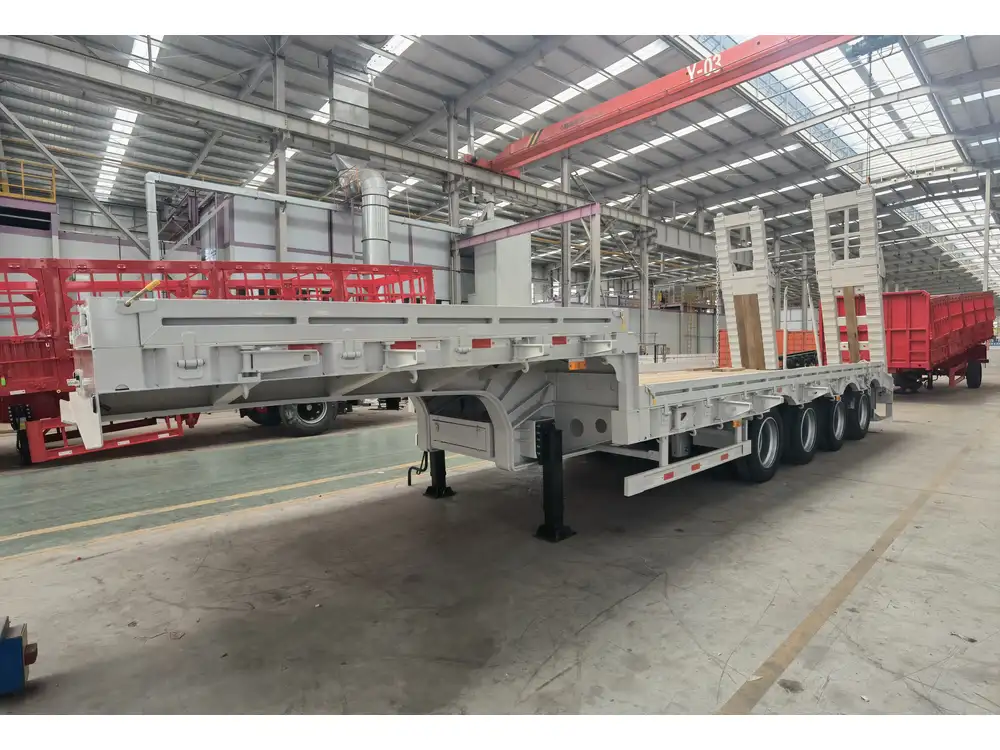
4. Performing the Lift
Slow and Steady Movement:
- Initiate the lift gradually to monitor load stability.
- Avoid sudden movements to prevent shifting or tipping.
Monitoring:
- Continuously observe the load and equipment during the lift.
- Communicate effectively among the team to address any issues promptly.
5. Transporting the Container
Controlled Movement:
- Move the container to the designated location with precision.
- Navigate around obstacles carefully to maintain control.
Placement:
- Lower the container smoothly onto the designated surface.
- Ensure it is properly aligned and stable before detaching the lifting equipment.
Common Challenges and How to Overcome Them
Lifting a 40ft container presents several challenges. Understanding these obstacles and implementing solutions is key to a successful operation.
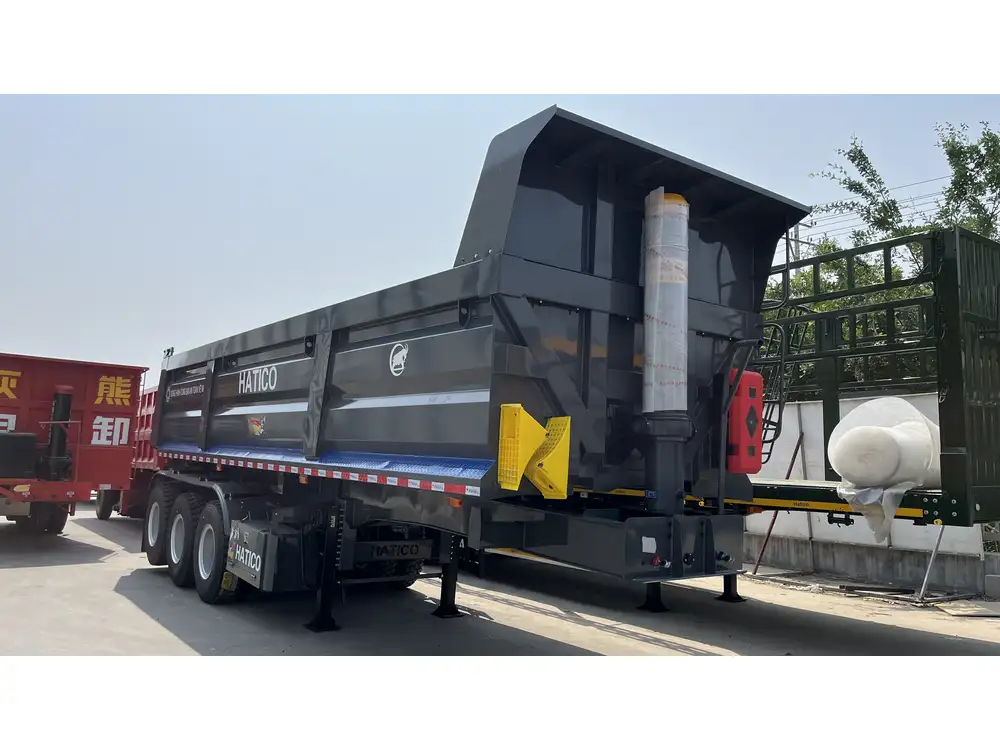
1. Uneven Terrain
Challenge: Navigating uneven or unstable ground can compromise the lift’s stability.
Solution:
- Conduct a thorough site survey to identify potential issues.
- Use leveling equipment or temporary supports to create a stable base.
- Opt for lifting equipment with adjustable legs or outriggers.
2. Load Imbalance
Challenge: An uneven load can cause tipping or swinging, posing safety risks.
Solution:
- Ensure even distribution of the container’s weight.
- Use multiple lifting points to balance the load.
- Regularly inspect and adjust straps or chains during the lift.
3. Weather Conditions
Challenge: Adverse weather, such as high winds or rain, can affect lift safety and equipment performance.
Solution:
- Monitor weather forecasts and postpone lifts during unfavorable conditions.
- Use weather-resistant equipment and secure all attachments firmly.
- Implement additional safety measures, such as wind shields, if necessary.

4. Equipment Malfunctions
Challenge: Unexpected equipment failures can halt operations and pose safety hazards.
Solution:
- Perform regular maintenance and inspections on all lifting equipment.
- Keep spare parts and backup equipment readily available.
- Train personnel in troubleshooting and emergency procedures.
Maintenance and Inspection of Lifting Equipment
Proper maintenance and regular inspections are vital to ensure the longevity and reliability of lifting equipment.
Maintenance Best Practices:
Routine Inspections:
- Conduct daily checks before and after each use.
- Inspect for signs of wear, corrosion, and structural integrity.
Lubrication:
- Regularly lubricate moving parts to reduce friction and prevent wear.
- Use manufacturer-recommended lubricants for optimal performance.
Calibration:
- Ensure load indicators and safety devices are accurately calibrated.
- Schedule periodic professional calibrations as per manufacturer guidelines.
Record-Keeping:
- Maintain detailed logs of maintenance activities and inspections.
- Track equipment performance and identify patterns that may indicate issues.
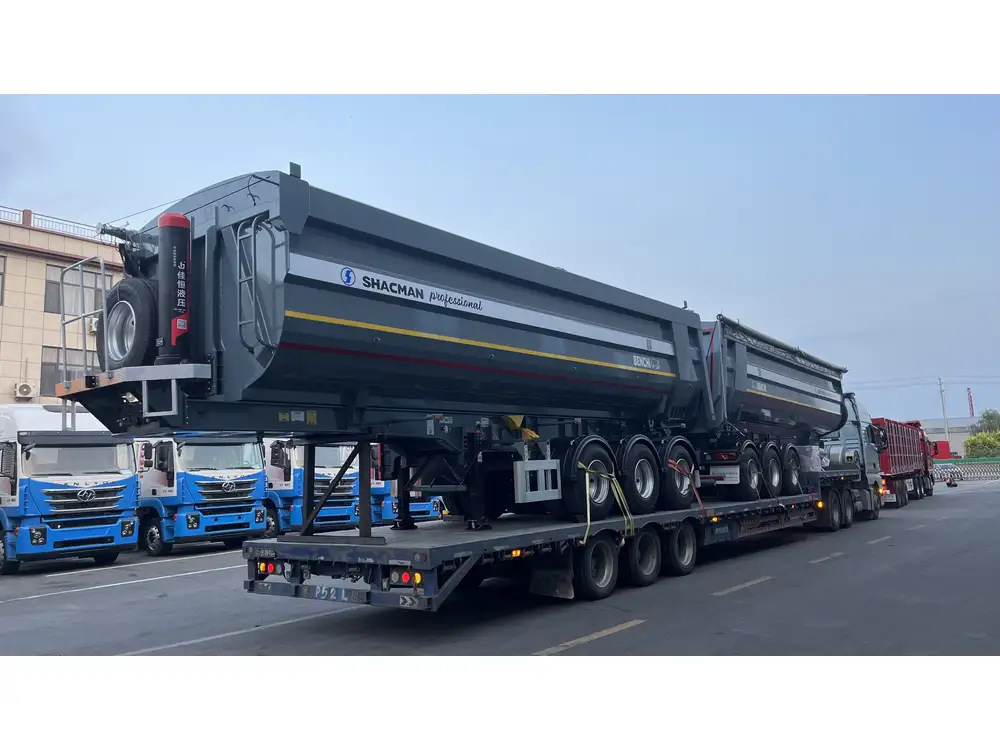
Leveraging CarMax Vehicle’s Expertise
At CarMax Vehicle, we specialize in providing superior lifting solutions tailored to your specific needs. Our range of high-quality semi-trailers and lifting equipment ensures that your operations run smoothly and safely. Partnering with us means gaining access to industry-leading technology, expert support, and a commitment to excellence that drives your success.
Why Choose CarMax Vehicle?
Innovative Solutions:
- We continuously invest in research and development to offer cutting-edge lifting equipment.
Durability and Reliability:
- Our products are built to withstand the toughest conditions, ensuring long-term performance.
Comprehensive Support:
- From installation to maintenance, our team is here to support you every step of the way.
Customization:
- We understand that every operation is unique, and we offer customized solutions to meet your specific requirements.
Conclusion
Lifting a 40ft container is a task that requires meticulous planning, the right equipment, and unwavering commitment to safety. By understanding container specifications, choosing the appropriate lifting machinery, adhering to safety protocols, and maintaining equipment diligently, you can ensure a successful lift every time. At CarMax Vehicle, we are dedicated to providing the expertise and equipment necessary to facilitate your lifting operations, enhancing efficiency and safety across all your projects.

Frequently Asked Questions
1. What is the maximum weight a standard 40ft container can hold?
A standard 40ft container typically has a maximum gross weight of 67,200 lbs (30,480 kg). However, it’s essential to check the specific container’s documentation for exact weight limits.
2. What safety measures should be prioritized when lifting large containers?
Key safety measures include conducting a site assessment, regularly inspecting equipment, ensuring proper load distribution, training personnel, and using appropriate PPE to minimize risks.

3. Can I use a forklift to lift a 40ft container?
While forklifts can be used for lifting containers, they have limitations in terms of weight capacity and reach. For a 40ft container, more robust equipment like container cranes or telehandlers may be more suitable.
4. How often should lifting equipment be inspected?
Lifting equipment should undergo daily inspections before and after each use. Additionally, comprehensive maintenance checks should be scheduled regularly according to the manufacturer’s guidelines to ensure ongoing safety and performance.
5. What should I do if the lifting equipment malfunctions during an operation?
If a malfunction occurs, immediately halt the operation to prevent accidents. Assess the situation, secure the load if possible, and contact maintenance personnel to address the issue before resuming any lifting activities.



